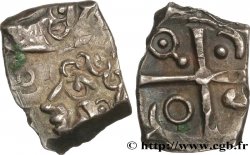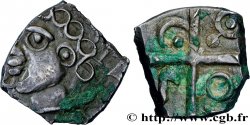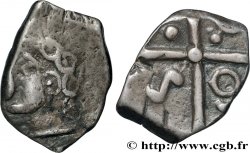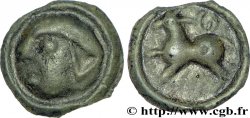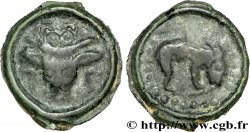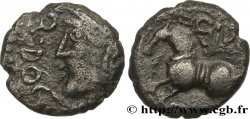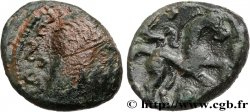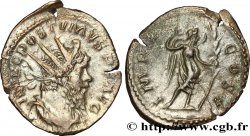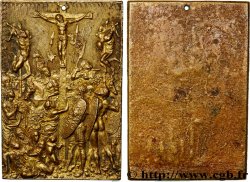Live auction - bga_132449 - GALLIA - SOUTH WESTERN GAUL - SOTIATES (Area of Sos) Drachme au cheval, “Courantillos”, ANTIIIOS/COVRA
You must signin and be an approved bidder to bid, LOGIN TO BID. Accounts are subject to approval and the approval process takes place within 48 hours. Do not wait until the day a sale closes to register. Clicking on "BID" constitutes acceptance of the terms of use of cgb.fr private live auctions.
Bids must be placed in whole Euro amounts only. The sale will start closing at the time stated on the item description; any bids received at the site after the closing time will not be executed. Transmission times may vary and bids could be rejected if you wait until the last second. For further information check the Live auction FAQ
All winning bids are subject to a 18% buyer’s fee.
All winning bids are subject to a 18% buyer’s fee.
| Estimate : | 1 200 € |
| Price : | no bid |
| Maximum bid : | no bid |
| End of the sale : | 19 April 2016 14:56:36 |
Type : Drachme au cheval, “Courantillos”, ANTIIIOS/COVRA
Date: c. 121-52 AC.
Metal : silver
Diameter : 16,50 mm
Orientation dies : 6 h.
Weight : 2,87 g.
Rarity : R3
Coments on the condition:
Exemplaire de qualité exceptionnelle pour ce type de monnayage. Fortement décentré au revers sur la tête et le cou du cheval
Catalogue references :
Predigree :
Cet exemplaire provient de la collection Theodor Voltz, Auctiones 25, 19-21 juin 1995, n° 1165
Obverse
Obverse legend : ANÉPIGRAPHE.
Obverse description : Tête stylisée allongée à droite avec les cheveux bouclés.
Reverse
Reverse legend : COVR[A]/ ANTILLO[S].
Reverse description : Cheval sexué galopant à droite.
Commentary
Flan quadrangulaire taillé au burin. Le grènetis de deux exemplaires juxtaposés est bien visible sur cette drachme. Il présente donc une singularité de fabrication. Au droit, devant le visage principal, on découvre l’arrière d’une chevelure ce qui implique que la lame de métal a été frappée deux fois successives, puis découpée. La technique même de fabrication des monnaies à la croix explique ce “chevauchement” de deux empreintes.







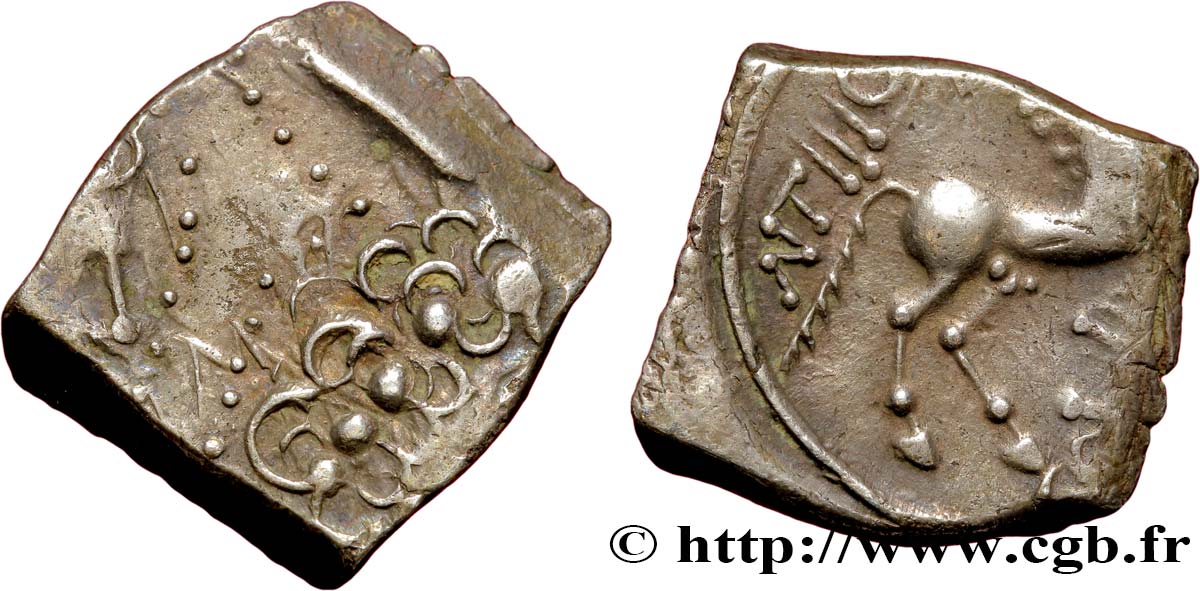
 Report a mistake
Report a mistake Print the page
Print the page Share my selection
Share my selection Ask a question
Ask a question Consign / sell
Consign / sell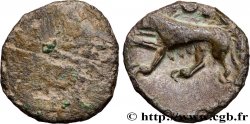
 Full data
Full data